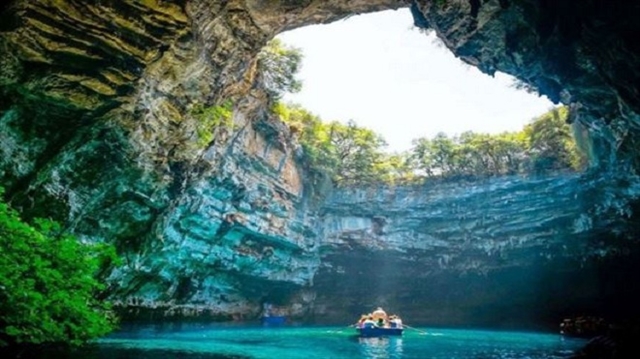Quang Binh listed among world’s most beautiful places
VGP - The central Quang Binh province was named among the top 13 most beautiful places in the world, according to Editors of New York-based travel magazine Travel+Leisure.

Illustration photo
Veronica Inveen, managing editor of T+L Southeast Asia Hong Kong & Macau wrote that she is impressed by Quang Binh due to its reputation as a beautiful Vietnamese locality which allows visitors to get lost in its caves, rivers, and streams.
“The undulating mountains and lush greenery make Quang Binh a haven, promising an escape to untouched nature. Dong Hoi, the capital, is an example of how the locals embrace nature, and it can be experienced through dishes like Snakehead Gruel Fish, Eel Vermicelli and Banh Beo,” the editor noted.
Inveen stressed that Phong Nha, a UNESCO World Heritage Site, in particular makes Quang Binh special.
“You can find the largest cave in the world hidden away in the dense forest and meandering landscape of Phong Nha-Ke Bang National Park. The destination is perfect for thrill junkies looking to enjoy kayaking, spelunking, hiking, and camping,” she concluded.
Rounding off the top 13 list were the Giant’s Causeway of Northern Ireland, Meghalaya of India, Cape Town of South Africa, Krabi of Thailand, Hallstatt of Austria, Kumarakom of India, Wanaka of New Zealand, Edinburgh of the UK, Sikkim of India, Rome of Italy, Promthep Cape of Thailand, and Darjeeling of India.
Quang Binh is Viet Nam’s sleeping beauty with a 116.04 km long coastline. The locality is endowed with marvelous landscapes, the most prominent among them is Phong Nha – Ke Bang National Park - a famous local attraction recognized by UNESCO as the World Natural Heritage.
The heritage consists of beautiful grottoes and caves with fantastic stalagmites and stalactites. Also, there are a number of historical-cultural relics such as Hoang Phuc pagoda, Dong Hoi Citadel, Nguyen Dynasties, Bau Tro cultural archaeological site, etc. in Quang Binh. Besides, many ethnic groups whose traditions and cultures are incredibly interesting and diverse./.
